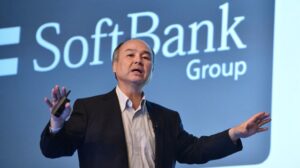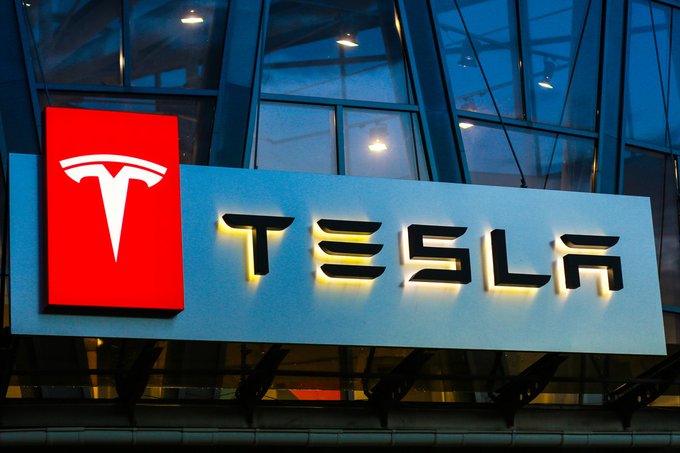|
Getting your Trinity Audio player ready...
|
Short sellers targeting Tesla Inc’s stock are piling more pressure on the electric vehicle maker led by Elon Musk, fresh off their most profitable year ever.
According to data from analytics firm S3 Partners, traders who aim to profit by selling borrowed shares and hoping to repurchase them later at a lower price have increased their short positions on Tesla to approximately 79 million. According to the data, this is an increase of nearly 4%, or $325 million, in new short sales over the last 30 days.
Tesla’s short interest is now $8.76 billion, or nearly 3% of the share float, down from $14 billion a month ago, reflecting the stock’s steep drop.
Tesla’s stock dropped roughly 65% last year. The decline accelerated after Musk decided to purchase the social media network Twitter, which some investors saw as a distraction for the billionaire CEO. Tesla shares fell 7.9% on Friday to $101.81, their lowest level since August 12, 2020, before recovering and adding 1.2% to $111.69. This year, the stock is down about 9%.
“It appears that shorts believe the stock still has some downside risk,” said Ihor Dusaniwsky, managing director of predictive analytics at S3 Partners.
“Short sellers will begin trading positions to realize their profits once the stock price reaches a floor or expected value. That has yet to be seen in Tesla “He stated.
According to S3 data, Tesla was the most profitable short trade in the US market in 2022, earning $15.85 billion in paper profits for investors. That was Tesla’s best year ever as a short seller, but they only recouped about a quarter of the $60 billion in estimated losses from 2010 to 2021.
“Some shorts are certainly cashing out their gains, while new shorts may be cycling in with the hope that the downtrend continues,” Evan Niu, an analyst at Ortex, which tracks real-time short interest data, said.
Traders in Tesla options are leaning toward bearish bets, with pricing implying a 53% chance that the stock will fall more than 12.5% in the next three months. According to Refinitiv data, option positioning indicates only a 31% chance that the shares will rise by more than 12.5% over the same period.
(Reporting by Saqib Iqbal Ahmed; editing by Lananh Nguyen and Richard Chang; additional reporting by Noel Randewich and Chuck Mikolajczak)



